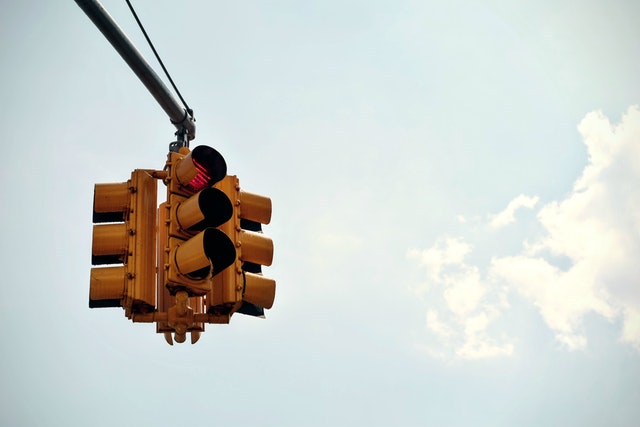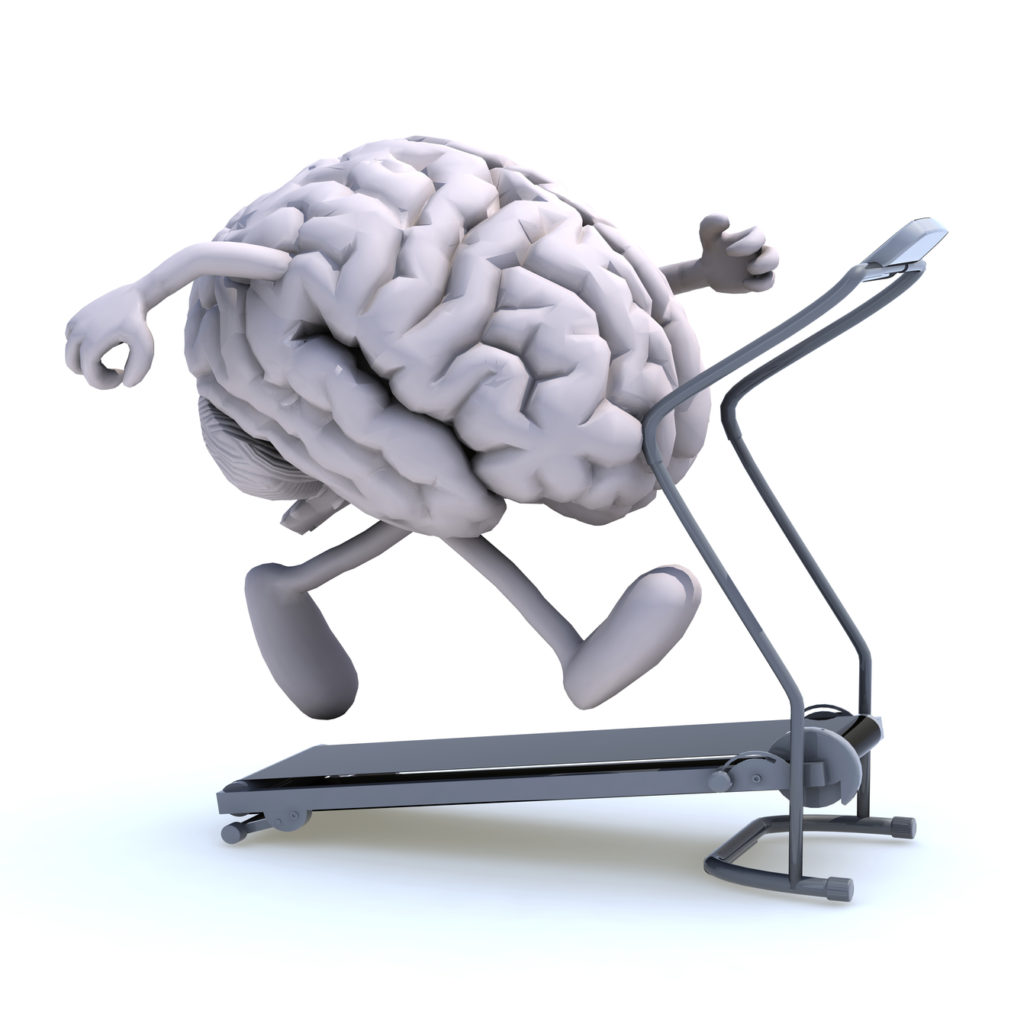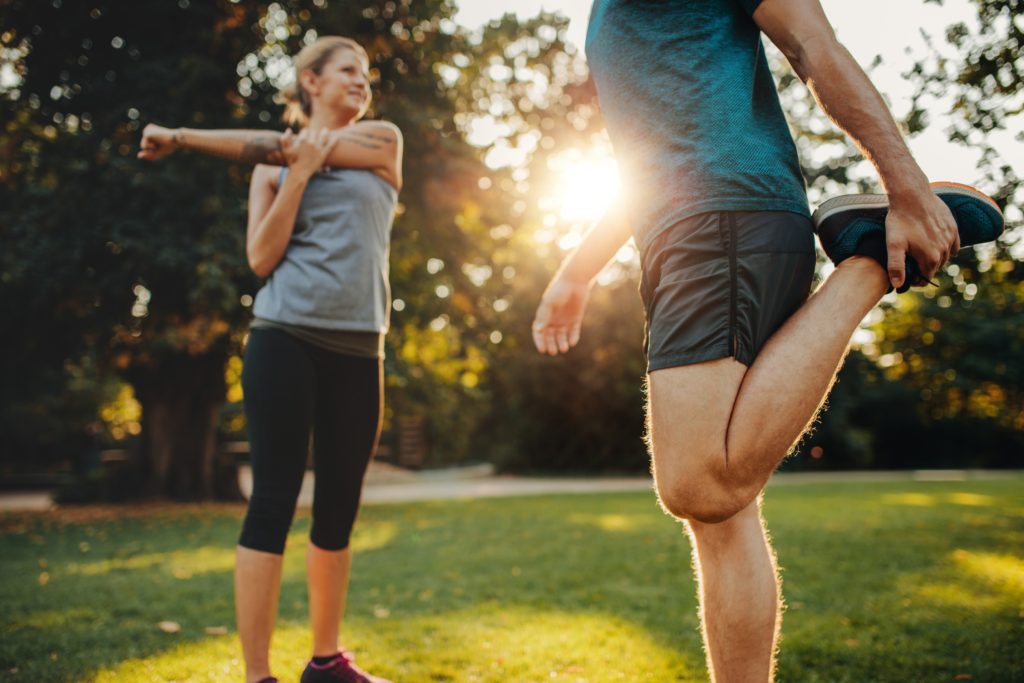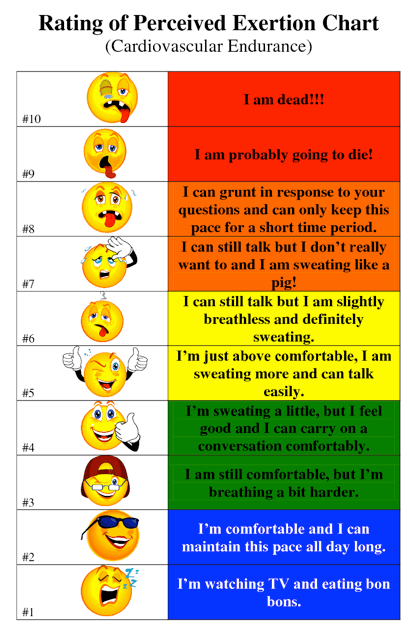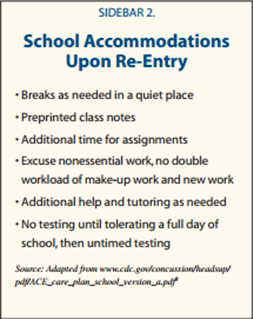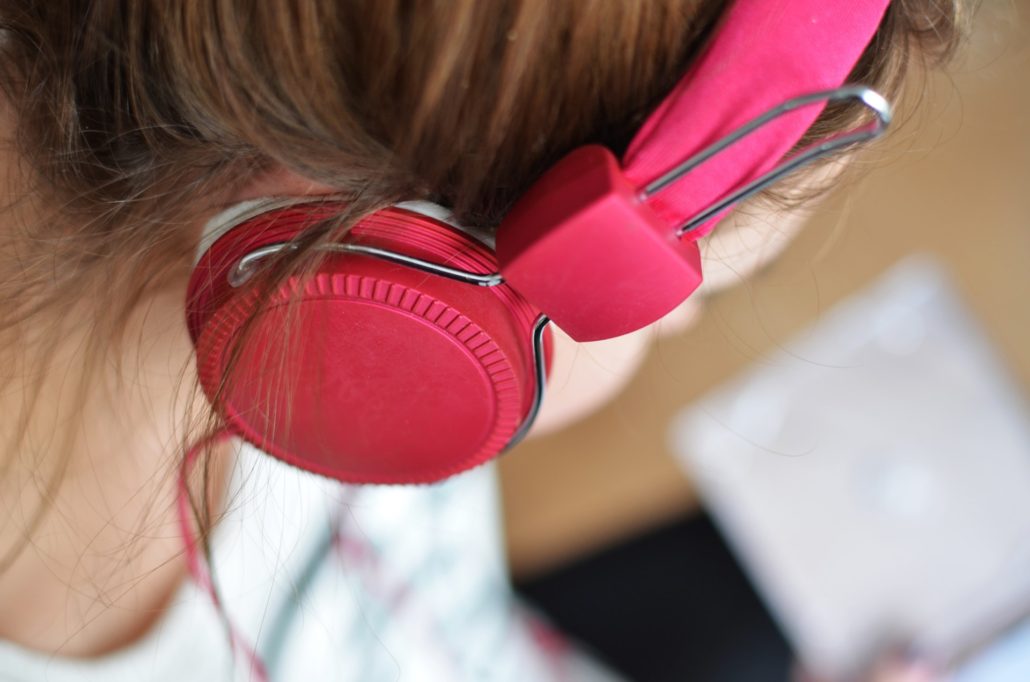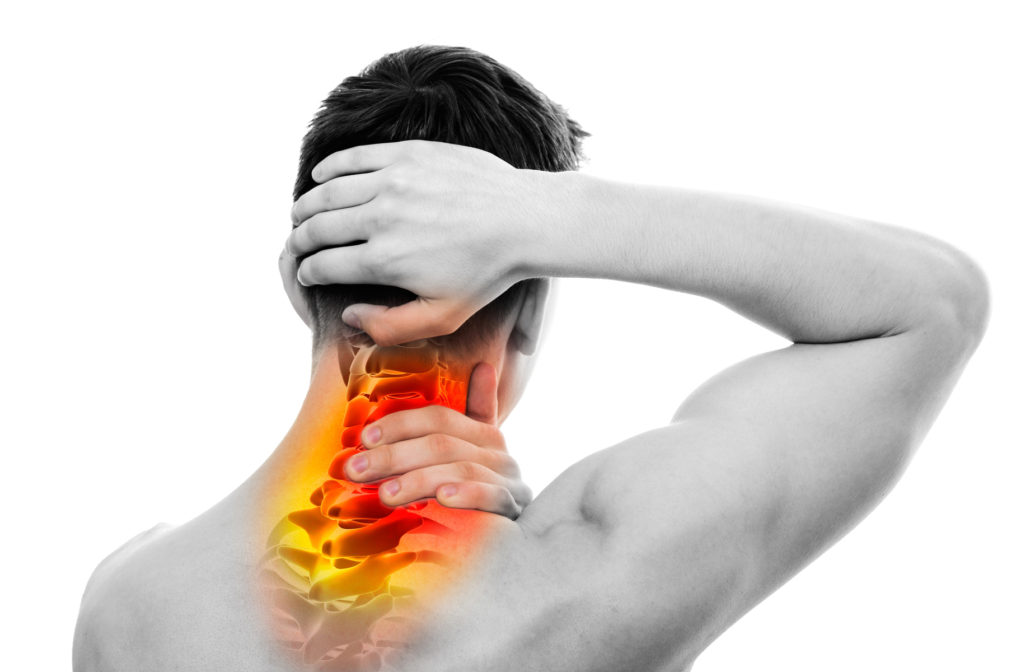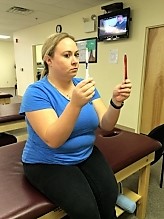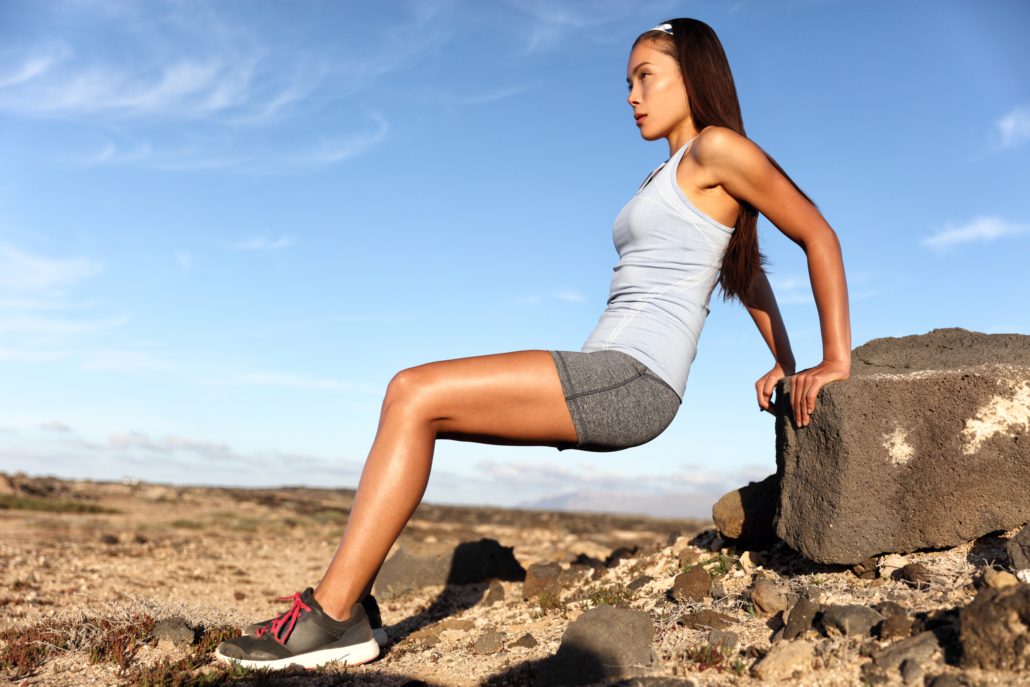Early Post Concussion Recommendations
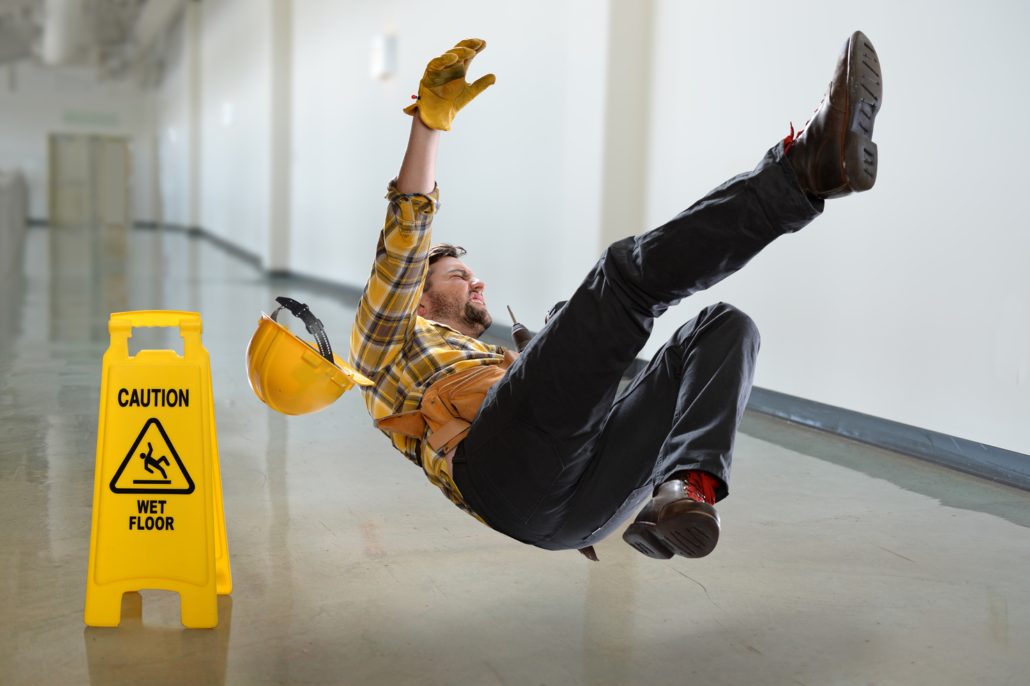
Safety First!
Following a concussion, all risky behaviors and activities should be avoided!
Take action to avoid a second injury!
Research shows that athletes playing just one additional play took 50% longer to recover!
Avoiding high stimulus environments i.e., the grocery store, concerts, and crowds will also help early on with recovery.
What you CAN do:
Watch this video for a quick overview of the first 24-48 hours post concussion. Please remember that these are best practice recommendations and you should always consult with your medical provider.
Rest is Best - Only for the first 48 hours!
Rest, mindfulness, breathing, true relaxation and self-care should be implemented straight away following injury.
Research now shows that early, symptom guided activity is crucial to improvement, starting in the first 48 hours after injury.
Cocoon therapy is no longer recommended!
Sleep:
- Sleep as much as needed (as long as you are easily awakened) in the early phases.
- Be careful not to disrupt your normal sleep cycle. Avoid late afternoon naps after 3pm.
- Sleep is important – the brain heals best when you are sleeping a normal sleep cycle.
Pacing:
- Do your best early on to reduce demands on your day. This includes physical, mental, social, and emotional demands!
- The Stoplight Theory is a good rule of thumb to follow:
- Do an activity until symptoms increase by 2-3/10 points (20-30%), this brings you to the “yellow” zone.
- Rest and recover until you are back to “green”.
- Try to avoid the “red” zone – “wired tired” – when you hit the red zone, you create an energy deficit your brain has to make up for later.
- Similar options would be to imagine a cellphone battery, the “spoon theory” etc.
- Pacing allows you to tease your brain into a challenge and focus on the recovery.
- It also allows you to make different decisions each day based on your available energy.
- Be patient with yourself!
Mindfulness / meditation:
We could ALL benefit from more mindfulness and meditation but especially after a concussion.
- Mindful breathing, bringing awareness to your breath, works to calm the nervous system reduce the sympathetic nervous system (fight or flight) response and enhance energy available for recovery.
- Today, our lives are fast paced and high stress. This can get you stuck in the sympathetic drive (fight or flight). Particularly after a concussion, being stuck in fight or flight can require an enormous amount of energy to keep going.
- The sympathetic drive isn’t all bad! But we want to have flexibility between our sympathetic and our parasympathetic (rest and digest / vagal tone) drives.
- A concussive injury is a traumatic insult to the individual’s physical, emotional and mental systems triggering an exacerbated stress response and depletion of available energy resources.
- The injury disrupts normal brain function as it redirects energy to be available for brain healing.
- Thus, mindfulness forces the individual to stop the merry go round, pause frequently to reclaim energy and be mindful of self-care and stress management.
- This is a fundamental concept to embrace for all of us!
Try a breathing exercise to calm your nervous system:
- Focus on breathing in through your nose and out though your mouth
- Expand the abdomen first and then the chest – try to keep your neck relaxed!
- Exhale with a “haaa” sound and try to exhale longer than you inhale until completely empty – feel your abdomen tighten to push air out
- Repeat sequence
Take a few breaths with these concepts in mind and focus on each breath
Sometimes, it is helpful to count to slow the breaths down. We suggest to begin with simple focus on above technique for 2-3 minutes.
Managing Screen Time
It is best to avoid screens in the first 24-48 hours after a concussion!
- This includes the computer, phone, video games, and TV!
- These items can cause eye strain and headaches experienced long into recovery (for those individuals, please see our Advanced Treatment section).
Once you start back to screen time, remember the 20/20 rule: 20 minutes of close work, 20 minutes of rest.
To ease use of screens, you have several options:
1. Blue blocker glasses – patients have liked the EyeKepper glasses on Amazon the best. These can even provide relief in overhead lights.
2. Apple products often have “Night Shift” mode in the display settings. This will filter blue light on your phone/computer/ipad etc.
You can decide if warmer or cooler tones feel more relaxing on your eyes.
3. Android phones – newer devices have a blue light filtering option in settings. OR download a free “Blue Light Filter” app from the Google Play Store to adjust the lighting on your phone.
All individuals would benefit from adding a blue light filter to their phone – especially on a timer before bedtime. The light from our phone can keep us up at night or cause restless sleep!
Early Exercise is Key!
After the first 48-72 hours (2-3 days), light cardiovascular exercise should begin!
- Early exercise, below symptom thresholds, promotes blood flow to the brain and improves the speed of recovery.
- Pay attention to your body! Your symptoms should not increase during or after exercise >2/10 points (>20%).
- This means if you start at a 2/10 headache, you should not exercise to the point that your headache increases to more than a 4/10!
- You should feel energized at the end of your 20-30 minute exercise session.
Recommended options:
- Stationary bike
- Walk the dog
- A walk around the block
- Gentle swimming – once cleared by a healthcare provider
Strength training:
- Body weight exercises, below symptom thresholds, are often safe to start early after a concussion.
- Strength training / weight training requires more blood flow to your muscles and should start at 50% of prior levels but not until Stage 4 of the Return to Sport Protocol.
- After a concussion, you should be able to tolerate moderate to vigorous cardiovascular exercise before completing heavy weight training OR impact activities.
Return to Sport / Recreational Activities
Return to sport / recreational activities:
- Following the established Return to Sport Guidelines, you should meet the following criteria BEFORE initiating contact / high risk activities:
- Fully in school / work / cognitive (thinking) activities
- Able to exercise at a moderate-high intensity for at least 20minutes most days of the week
- Able to complete weight training at prior abilities
- Able to complete skills / drills
- Able to tolerate impact from running / drills
- Always participate in practice before you attempt to participate in a game
- Follow the advice of your healthcare provider – the instructions here are purely educational and not to be taken in lieu of supervised medical advice.
Click here to learn more about our groundbreaking Return to Life & Sport exercise program! We are here to guide your recovery with daily exercise!
If your exercise intolerance (symptoms increasing with exercise) persist, you should be evaluated by a healthcare professional as there are a variety of reasons this can occur.
You can listen to our podcast on dysautonomia to learn more!
Nutrition and Supplements
Overall, there is limited research on the optimal guidance for a concussion. Options come and go in fads.
Generally, a well-balanced diet focusing on B vitamins, protein, and low sugar can be followed. Some individuals find that an anti-inflammatory diet can be very helpful. This is true for most people with or without a concussion!
- Proteins are the building blocks for our cells!
- Avoidance of inflammatory foods improves absorption and delivery of necessary nutrients needed to support the restorative recovery process.
Avoid: caffeine, stimulants, and alcohol early on in your recovery. Talk to your healthcare provider about when these are ok to add back into your diet.
Supplements:
These also come and go in favor however, a few remain consistently recommended.
- Fish oil with DHA and EPA – 2000-2500mg per day as directed by your healthcare provider. DHA is critical for brain and nervous system function and protection. It helps with cellular recovery and survival. DHA can be consumed in a vegetarian tablet to accommodate for allergies. DHA is also recommended for daily consumption with or without a concussion.
- Patients with a history of A-fib and other heart conditions may need to exercise caution with fish oil and should consult their healthcare provider for more information.
- B Complex Vitamins – B Vitamins are our energy sources and help to rebuild cells. Our patients often report improved energy when taking B Complex however, the research continues to be limited.
- Melatonin – Melatonin is naturally occurring in our bodies and help to regulate sleep. For patients initially struggling to fall asleep and maintain sleep we often recommend slow-release capsules 3-6mg at bedtime. This is often the first line of defense prior to attempting prescription medications. Avoid Ambien!
- Magnesium – There are different types of magnesium on the market but the best ones for concussion are Magnesium Glycinate and Magnesium Threonate.
- Magnesium Threonate is preferrable as it can help with sleep and crosses the blood-brain-barrier. It is typically more expensive.
- Magnesium helps with regulating nerve and muscle function, blood sugar levels, headaches, sleep, and inflammation.
- It is often recommended to take Magnesium before bed for added sleep benefits.
- Probiotics – These are generally recommended to improve the gut. During the stress of healing the gut can sometimes be altered resulting in poor absorption of necessary nutrients from the diet.
- Vitamin D3 – We naturally get Vitamin D from the sun but many people are deficient in D, especially in the colder months and higher latitudes.
- Vitamin D helps us to absorb and use Calcium in our bodies and supports our immune response which is activated and taxed from trauma and stress!
Please always be sure to respect any allergies you may have.
Listen to the podcast below to learn more about these supplements and the newest recommendations!
Research shows recovery is most efficient when patients learn to:
- Manage the demands of their day
- Avoid the negative impacts of isolation
- Re-establish a consistent daily schedule with appropriate accommodations
- Manage energy expenditure
Expand the options below to learn more about Return to Work and Return to Learn Recommendations.
General Information
Patients do better if they are able to decrease visual exertion early on post injury.
For those who cannot avoid the computer at work / school, set a timer every 30-60 minutes to take a break utilizing the following strategies:
- Stand up
- Look away
- Complete light stretching
- Sit and take 5 deep breaths with eyes closed
Do your best to avoid screens whenever it is not essential. Utilization of a blue light filter or blue blocker lenses may help you get through your work day.
General recommendations:
- Start with 1/2 days and progress to full days as tolerated.
- 5-15 minute breaks every hour
- Add blue blockers to screen via a blue light filter (adhesive screen attachment or download a program to take over your computer monitor) or blue light lenses – we often recommend EyeKepper computer lenses from Amazon.
- Try alternating half days and days off to recover early on.
- Progress to full days and half days alternating until you can finally return to work full time.
- Your doctor will be crucial in your return to work as his or her recommendations will help support your specific needs.
Listen to our Podcast with Concussion Talk to have an audio review of possible accommodations!
Return to School
Research shows getting the kids in the building is the #1 priority.
We recommend 2-4 days of rest if needed but getting the kids back to school with accommodations to control symptoms ASAP.
Common recommendations:
- Eliminate homework and testing.
- Add essential homework in 30minute increments once the student is able to complete 1/2 days with limited symptoms and is ready to start the progression to full days.
- WAIT for testing until the student is able to tolerate full days of school with limited rest / accommodations!
- It is not reasonable to test a student who can barely tolerate being in the classroom!
- Make-up Work: essential work only. Give the student extra time to make up assignments.
- Use incomplete, pass/fail grades vs letters, or allow the student to make up the work over school breaks / summer break.
- Adding too much work back in too quickly will only increase the student’s stress and likely his/her symptoms.
- This includes homework, reading, and screen time.
- Use incomplete, pass/fail grades vs letters, or allow the student to make up the work over school breaks / summer break.
- Add blue blockers to the computer screen via a blue light filter (adhesive screen attachment or download a program to take over your computer monitor) or blue light lenses – we often recommend EyeKepper computer lenses from Amazon.
Early accommodations for school can be very successful in getting the student back to school and avoid the negative impacts of isolation.
- For more information, reference the Return to Learn Protocol.
ADDITIONAL OPTIONS:
- Reduce light / noise – decrease the stimulation of their environment (you should try to wean out of these strategies as soon as possible!).
- Use sunglasses, brimmed hats, or blue light filters to decrease visual stress.
- Use ear plugs to decrease sound.
- Allow the student to put down his/her head or leave the classroom to sit in the hallway for 5-10mins when symptoms increase.
- Allow the student to leave 5 mins early or late to avoid the hallways between classes. These are times of the day that have the most noise and can be the most overwhelming to the concussed individual.
- Lunchroom – allow the student to eat lunch in a quiet location to avoid the hectic lunchroom. This may improve the student’s ability to stay for the whole day! The library, nurse’s office or counselor’s office are excellent locations. Allow the student to rest, meditate, or listen to music during this break.
- We often request 1-2 friends be allowed to join to avoid feelings of isolation!
- Audio books – have access to textbooks / reading assignments on audio and read along or simply listen to decrease visual overload.
- Front row – you can just get to class early, or have this as a written accommodation. Sitting near the front will help with distractions.
NO – PE, Recess or Sports until you are cleared by your provider!
Check out our Return to Life & Sport exercise progression to help get you back to your favorite activities.
You do NOT need to be 100% in school to exercise but you DO need to be 100% in school to participate in sports!
Return to Work
We know you have to get back and be productive as soon as possible! But living in the “red zone” will only make you less efficient and more symptomatic over time. Take some easy / early steps to help you manage your symptoms and fatigue.
- Use sick leave or vacation days for a few extra days of rest early on! This often can make all the difference.
- Start part-time with low level / low risk work.
- Avoid heavy lifting, ladders, and other activities putting you at risk for a fall or re-injury.
- Periodic short breaks in a quiet environment away from screens and crowds.
- 5-15 minute breaks every hour
- If your employer is accommodating – decrease shifts to 4-6 hours or alternate full and half days.
- Progress to full days and half days alternating until you can finally return to work full time.
- Add blue blockers to screen via a blue light filter (adhesive screen attachment or download a program to take over your computer monitor) or blue light lenses – we often recommend EyeKepper computer lenses from Amazon.
- Use ear plugs/ear buds, a brimmed hat, or sunglasses to decrease the severity of light and noise in your environment.
- If your injury is severe – explore your options for temporary or even long term disability with your provider.
- Some individuals will require a change of their roles and responsibilities or a new field all together.
- These decisions should not take place immediately and should handled between you, your family, and your providers.
Your doctor will be crucial in your return to work as his or her recommendations will help support your specific needs in the workplace.
College Recommendations
If your goals include college, you have options to help yourself achieve success!
If you are currently enrolled and require early / temporary accommodations, please refer to our school accommodations.
This section is for those of you who may require permanent accommodations to successfully earn your degree.
- Visit with your College/University’s Disability Resource Center. They will have applications/forms for you and your providers to complete.
- Portions of your medical record may be required depending on your situation.
COMMON OPTIONS:
- Extra time – you can had time and a half or double time if approved by your school i.e., if the class has 60 minutes, you would receive 90 minutes to decrease the effects of stress and anxiety.
- Quiet location – you can take your test at the Resource center or another location on campus as determined by your accommodations. Perhaps you only require ear plugs and can successfully take your test in the classroom with the rest of the students – this may be coordinated between yourself and your professor.
- Audio – you may be able to have your test read to you. This can decrease the negative effects of reading.
- Audio books – have access to textbooks / reading assignments on audio and read along or simply listen to decrease visual overload.
- Front row – you can just get to class early, or have this as a written accommodation. Sitting near the front will help with distractions.
- Record lectures – you can audio record your lectures if approved by the professor or in your accommodations. This will help with studying later and allow you to decrease the stress of keeping up in class!
- Smart Pen – These are available through some Resource centers, grants, or for purchase through electronics stores. A smart pen can record your writings to the computer electronically and can also record the teacher’s lecture through the device. It can compile your written notes and the lecture into one document through the computer program. These are an expensive but incredible option if needed!
- Use ear plugs/ear buds, a brimmed hat, or sunglasses to decrease the severity of light and noise in your environment.
- Add blue blockers to the computer screen via a blue light filter (adhesive screen attachment or download a program to take over your computer monitor) or blue light lenses – we often recommend EyeKepper computer lenses from Amazon.
Early treatment interventions can be very helpful for healing.
3 Early treatment options include: Physical Therapy, Craniosacral Therapy, and Acupuncture Therapy
Treatment can typically begin within the first 2-5 days of a concussion.
**Vertigo (spinning/dizziness) is very common immediately after concussion. If you are experiencing these symptoms please seek treatment from a trained professional (often a Physical Therapist) right away! You can go to dizzy.com to find a provider in your area. Read our blog on vertigo for more information!**
Daily restorative activity:20 minutes of light cardio, stretching, and mindfulness breathing!
Expand the sections below to learn more about early treatment options post concussion.
Physical Therapy
Physical Therapy can address neck pain and headaches early in recovery as well as exercise progressions as tolerated.
What to expect:
- Manual therapies – massage, joint mobilizations (movement of the bones), and stretching
- Some physical therapists can complete dry needle therapy – this is where small needles are inserted into the muscle to help release trigger points. It requires an advanced certification and can be quite beneficial.
- Modalities – some clinics continue to use modalities such as moist heat and electrical stimulation to help to modulate pain. At our clinic we refer to these as “feel good treatments” and the patients often enjoy them
- Strengthening – your PT should prescribe a neck strengthening program and eventually a postural stability program (keeping yourself upright).
- Neck strengthening is often boring but CRUCIAL for recovery from whiplash injuries!
- Progressive Exercise – as you begin to heal from your concussion your PT or Athletic Trainer (ATC) can lead you through a Return to Sport Progression including progressive exercise.
- This is very important as you do not want to return to your favorite activities deconditioned risking injuries to your ankles, knees, back….
- You can read more about the importance of treating the neck in Lauren’s published journal article here!
- Lauren has developed a new treatment paradigm for concussions treating Primitive Reflex Disinhibition. You can learn more about this treatment option in her published journal article here or her 2024 article published here.
- If your provider is not able to complete this treatment have them contact Lauren Ziaks in our Provider Section to access education to learn more!
- If you are >3 weeks post injury, you may be a good candidate for neurologic PT. To learn more about accessing care through Phoenix, please follow this link to our Patient Portal.
Craniosacral Therapy
Craniosacral therapy involves two forms of gentle manipulation exerting light pressure on the connections between the bones in the skull.
- These gentle manual treatments are believed to restore balance in the nervous system by improving the rhythmic flow of cerebrospinal fluid that bathes and nourishes the nervous system.
- It is useful following concussive injury in providing some relief of symptoms such as headaches, neck pain and jaw pain.
CST can be completed by a trained / certified massage therapist, physical therapist, or chiropractor depending on your state and the clinics available in your area.
Acupuncture
According to the traditional Chinese explanation, illness results from the blockage of the flow of energy or Qi through the body. According to this tradition, the use of acupuncture helps to open up the flow of Qi and restore balance to the system.
The Eastern medicine explanation is that acupuncture needles send a mild pain message to the brain. The brain responds by sending a pain-relieving message electronically and chemically back to the body. What to expect:
- Acupuncture involves inserting very thin needles into precise points on the body to promote healing and improve functioning.
- Needles are placed into precise locations on the body known as acupuncture points.
- The needles may be stimulated with electricity or heat.
- Typically, the needling will cause a slight pinching sensation, but otherwise is not painful.

